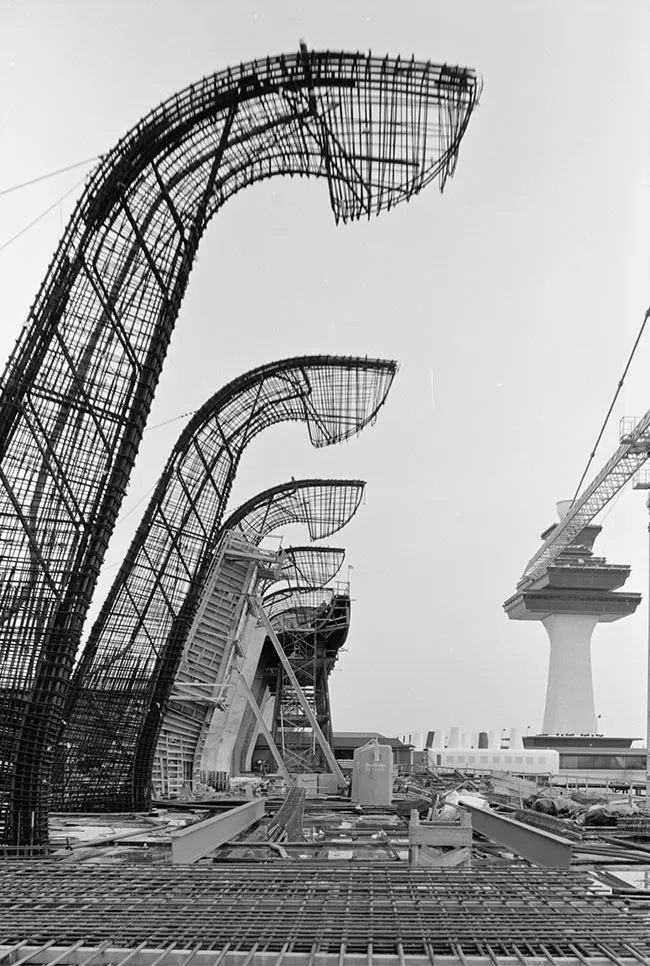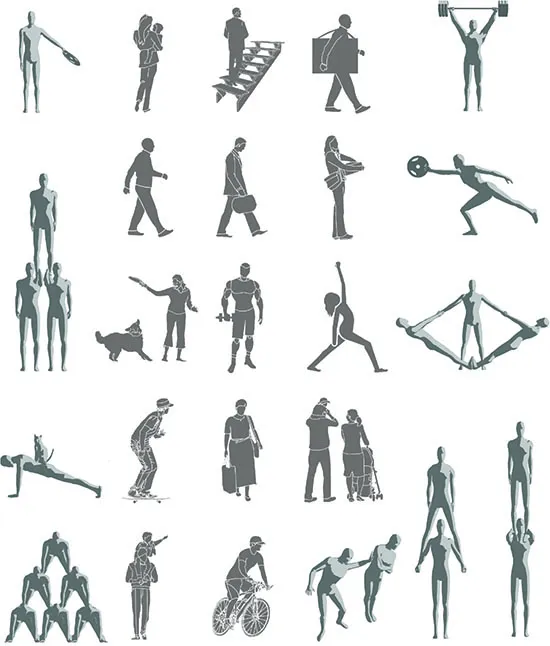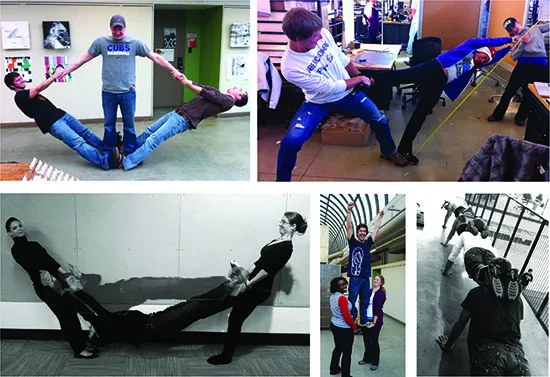
- 472 pages
- English
- ePUB (mobile friendly)
- Available on iOS & Android
About this book
*Winner of the 2021 TAA Textbook Excellence Award*
Honorable Mention of the 2021 BTES Book Award
Structures by Design: Thinking, Making, Breaking is a new type of structures textbook for architects who prefer to learn using the hands-on, creative problem-solving techniques typically found in a design studio. Instead of presenting structures as abstract concepts defined by formulas and diagrams, this book uses a project-based approach to demonstrate how a range of efficient, effective, and expressive architectural solutions can be generated, tested, and revised.
Each section of the book is focused on a particular manner by which structural resistance is provided: Form (Arches and Cables), Sections (Beams, Slabs, and Columns), Vectors (Trusses and Space Frames), Surfaces (Shells and Plates), and Frames (Connections and High-Rises).
The design exercises featured in each chapter use the Think, Make, Break method of reiterative design to develop and evaluate different structural options. A variety of structural design tools will be used, including the human body, physical models, historical precedents, static diagrams, traditional formulae, and advanced digital analysis.
The book can be incorporated into various course curricula and studio exercises because of the flexibility of the format and range of expertise required for these explorations. More than 500 original illustrations and photos provide example solutions and inspiration for further design exploration.
Frequently asked questions
- Essential is ideal for learners and professionals who enjoy exploring a wide range of subjects. Access the Essential Library with 800,000+ trusted titles and best-sellers across business, personal growth, and the humanities. Includes unlimited reading time and Standard Read Aloud voice.
- Complete: Perfect for advanced learners and researchers needing full, unrestricted access. Unlock 1.4M+ books across hundreds of subjects, including academic and specialized titles. The Complete Plan also includes advanced features like Premium Read Aloud and Research Assistant.
Please note we cannot support devices running on iOS 13 and Android 7 or earlier. Learn more about using the app.
Information




Table of contents
- Cover Page
- Half Title
- Title Page
- Copyright Page
- Dedication
- Table of Contents
- Preface: Starting with Structures
- Acknowledgments
- 0.0 Introductory Endeavors: The Case for Making and Breaking
- Part 1 Learning to Think, Make, and Break
- Part 2 Resistance and Form
- Part 3 Resistance and Sections
- Part 4 Resistance and Vectors
- Part 5 Resistance and Surfaces
- Part 6 Resistance and Frames
- Appendix: Spanning Tables, Charts, and Additional Examples
- Additional Readings
- Glossary
- Image Credits
- Index